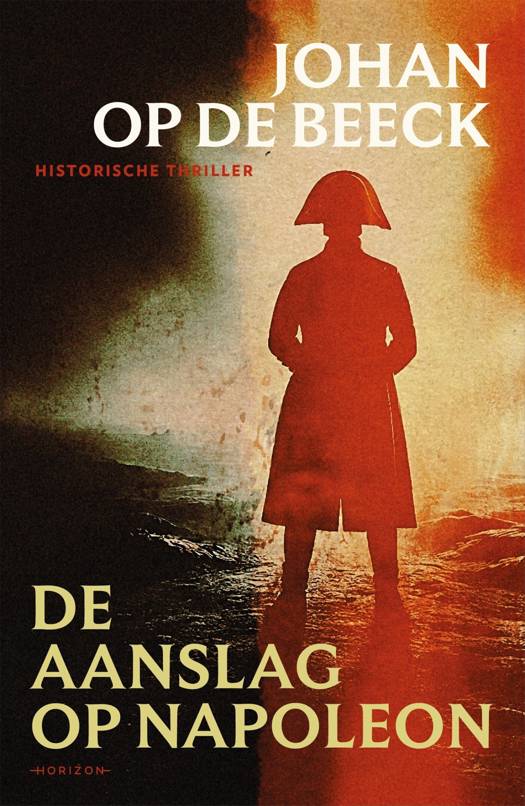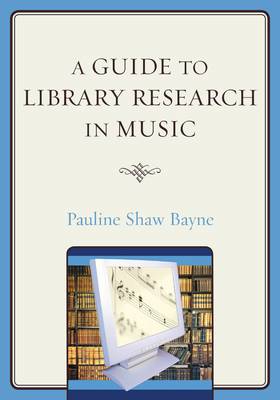
- Afhalen na 1 uur in een winkel met voorraad
- Gratis thuislevering in België vanaf € 30
- Ruim aanbod met 7 miljoen producten
- Afhalen na 1 uur in een winkel met voorraad
- Gratis thuislevering in België vanaf € 30
- Ruim aanbod met 7 miljoen producten
Zoeken
€ 60,45
+ 120 punten
Uitvoering
Omschrijving
A Guide to Library Research in Music introduces the process and techniques for researching and writing about music. This informative textbook provides concrete examples of different types of writing, offering a thorough introduction to music literature. It clearly describes various information-searching techniques and library-based organizational systems and introduces the array of music resources available. Pauline Shaw Bayne has cleanly organized the material in three succinct parts, allowing for three independent tracks of study. Part I treats essentials of the research process. It explains starting point resources like library catalogs, dictionaries, and bibliographies; addresses scholarly documentation, the use of style manuals, and basics of copyright; and provides samples of common written research products. Part 2 develops skills and strategies for library and Internet-based research, describing database structures and library catalogs, subject searching in catalogs and journal indexes, keyword searching techniques, related-record searching and citation databases, and the use of experts, the Internet, and thematic catalogs. In Part 3, Bayne describes music uniform titles and select resources that follow the organization of a music library, such as score collections, books and journals in music literature, and music teaching publications. Each chapter concludes with learning exercises to aid the students' concept application and skill development. Appendixes provide short cuts to specific topics in library organizational systems, including Library of Congress Subject Headings and Classification. The concluding bibliography provides a quick overview of music literature and resources, emphasizing electronic and print publications since 2000, but including standard references that all music researchers should know.
Specificaties
Betrokkenen
- Auteur(s):
- Uitgeverij:
Inhoud
- Aantal bladzijden:
- 290
- Taal:
- Engels
Eigenschappen
- Productcode (EAN):
- 9780810862111
- Verschijningsdatum:
- 18/09/2008
- Uitvoering:
- Paperback
- Formaat:
- Trade paperback (VS)
- Afmetingen:
- 175 mm x 251 mm
- Gewicht:
- 498 g

Alleen bij Standaard Boekhandel
+ 120 punten op je klantenkaart van Standaard Boekhandel
Beoordelingen
We publiceren alleen reviews die voldoen aan de voorwaarden voor reviews. Bekijk onze voorwaarden voor reviews.











